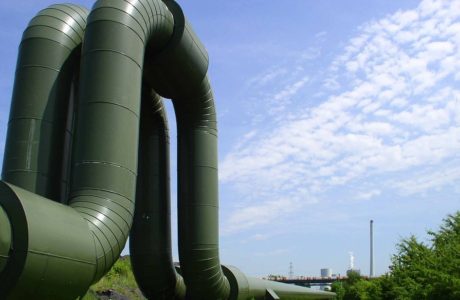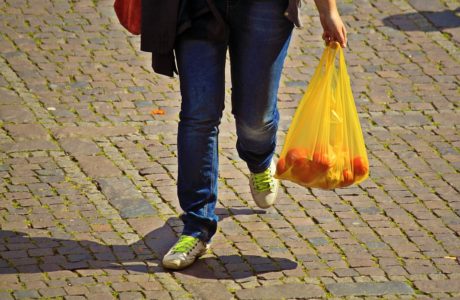
District Heating
Buildings and Cities
With district systems, a central plant channels hot and/or cool water via a network of pipes to many buildings — heating and cooling them more efficiently.
Rank and results by 2050 #27
District Heating
| Reduced CO2: | 9 gigatons |
|---|---|
| Net cost (Billions US$): | $457.10 |
| Net operational savings: | $3,543.50 billion |
TOTAL CO2-EQ REDUCTION (GT)
Total CO2-equivalent reduction in atmospheric greenhouse gases by 2050 (gigatons)
NET COST (billions US $)
Net cost to implement
SAVINGS (billions US $)
Net savings by 2050
Impact:
By replacing existing stand-alone water- and space-heating systems, district heating can reduce carbon dioxide emissions by 9.4 gigatons by 2050 and save $3.5 trillion in energy costs. Our analysis estimates current adoption at .01 percent of heating demand, growing to 10 percent over the next thirty years. While natural gas is currently the most prevalent fuel source for district heating facilities, we model the impact only of alternative sources such as geothermal and solar thermal energy that will become more prevalent over time.

District Heating
Buildings and Cities
With district systems, a central plant channels hot and/or cool water via a network of pipes to many buildings — heating and cooling them more efficiently.
In district heating and cooling (DHC) systems, a central plant channels hot and/or cool water via a network of underground pipes to many buildings. Heat exchangers and heat pumps separate buildings from the distribution network, so that heating and cooling are centralized while thermostats remain independent. Rather than having small boilers and chilling units whir away at each structure, DHC provides thermal energy collectively—and more efficiently.
Copenhagen, Denmark, is the global standout in DHC. It now meets 98 percent of heating demand with the world’s largest district system, fueled with waste heat from coal-fired power plants and waste-to-energy plants. (In the coming years, biomass will replace all coal use.) Since 2010, Copenhagen has also tapped the waters of the Øresund Strait for district cooling.
Compared to individual heating and cooling systems, Tokyo’s district system cuts energy use and carbon dioxide emissions in half—a powerful example of DHC’s potential. Although a tried and tested technology, it is still new and unfamiliar in many parts of the world, and high up-front costs and system complexity continue to be obstacles. Municipal governments play the most essential role in taking this solution to scale.
